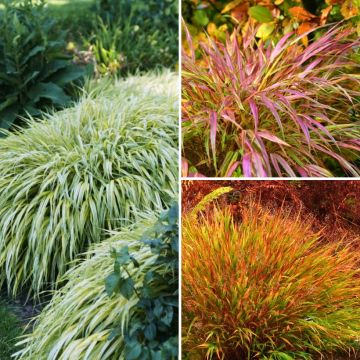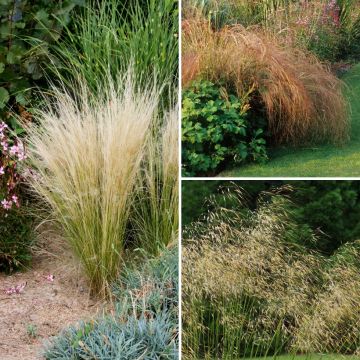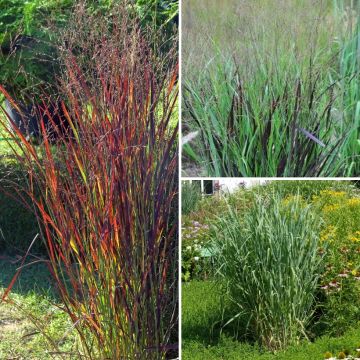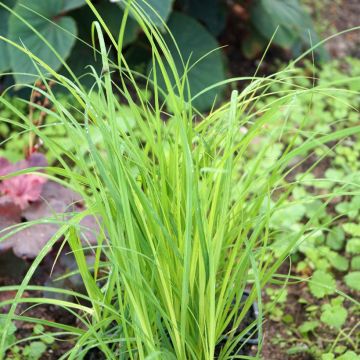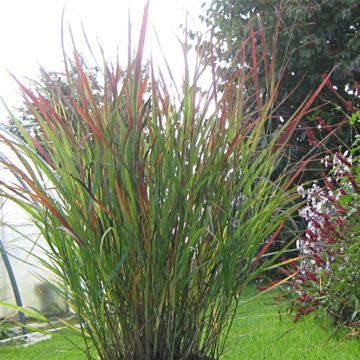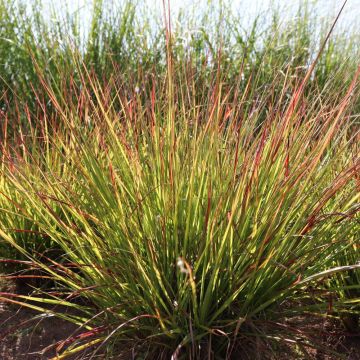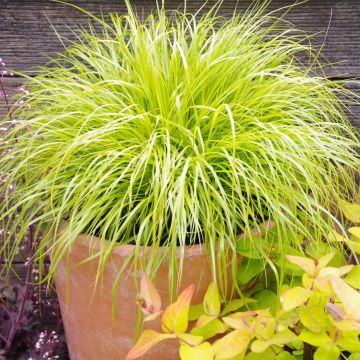
Pruning grasses
Discover when and how to prune them!
Contents
In northern gardens, grasses are sometimes the only winter spectacle. They become covered in frost, undulate with the wind, and brighten our dull gardens with the first ray of sunshine. Highly valued, grasses are precious for bringing lightness and movement to flower beds! They are also easy to grow and require little maintenance. However, to maintain their shape and beauty, some species need to be pruned back… but be careful, this is not the case for all: it is best to avoid intervening on evergreen species. Discover which grasses are affected and how to proceed!
Which grasses to prune?
All grasses can be pruned, but pruning is less necessary for evergreen varieties than for deciduous ones, whose dry foliage does not “age” well after a certain time. Evergreen grasses, such as carex or festuca, can simply be cleaned by removing dry or damaged leaves. Deciduous grasses (miscanthus, pennisetums…) must be cut back to encourage the growth of new culms.
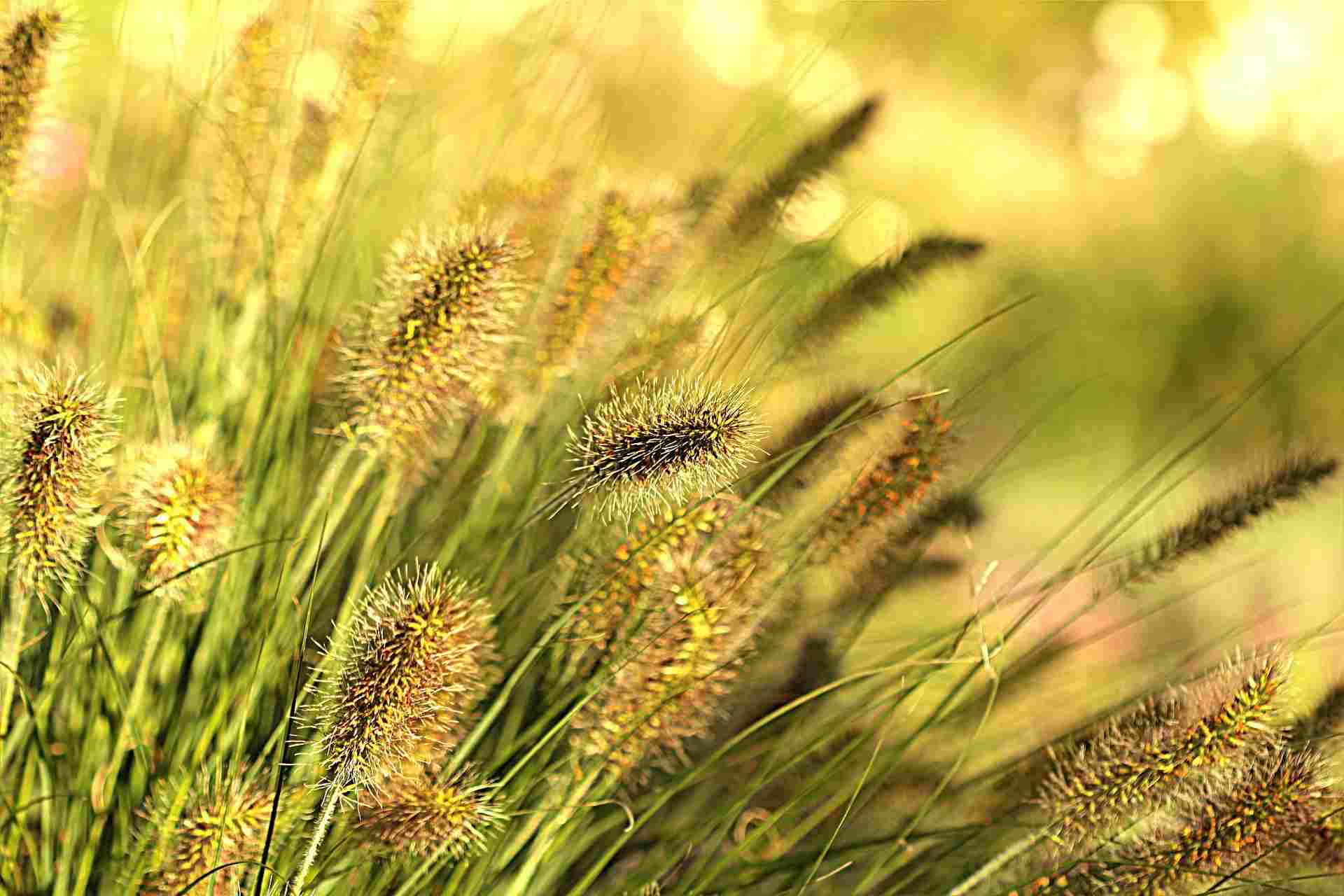
Pennisetum can be cut back
Read also
Planting grassesWhen to prune grasses?
Grasses should not be pruned in autumn or early winter, a time when they are decorative and bring a bit of movement to the garden, which can feel too still during this period.
Grasses are pruned in late winter, ideally after the severe cold, and just before the start of vegetation, in February or March. Pruning too early removes a natural “frost” protection; too late risks cutting the young stems with the dry culms from the previous year.
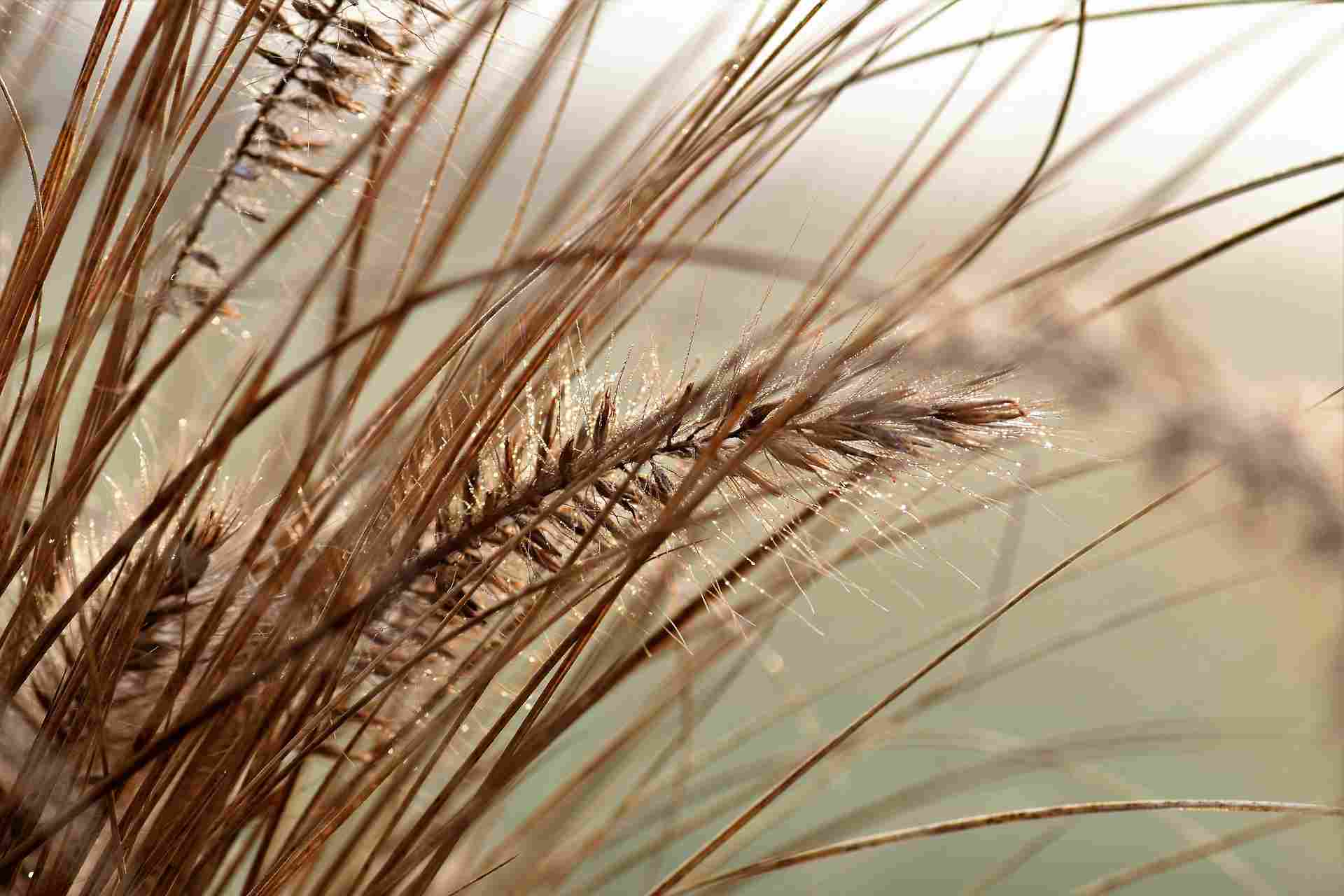
Discover other Ornamental grasses
View all →Available in 0 sizes
Available in 1 sizes
Available in 0 sizes
Available in 0 sizes
Available in 1 sizes
Available in 0 sizes
Available in 1 sizes
Available in 1 sizes
Available in 1 sizes
Available in 2 sizes
How to prune grasses?
We recommend using shears or a hedge trimmer. Adjust the cutting height according to the size of the grasses: 10 cm from the ground for the smallest varieties, and up to 20 or 30 cm for the taller ones. Caution is advised as some grasses have stems that can be sharp. Don’t forget to wear gloves to avoid cuts!
Opt for a rounded cut rather than a straight, “flat-top” trim: this will provide a more natural and aesthetic appearance.
This is also an opportunity to do a bit of cleaning around the clumps, weeding and lightly hoeing the soil. For less fertile soils, adding a bit of compost or a suitable fertiliser (type 7-4-10) can promote growth and flowering.
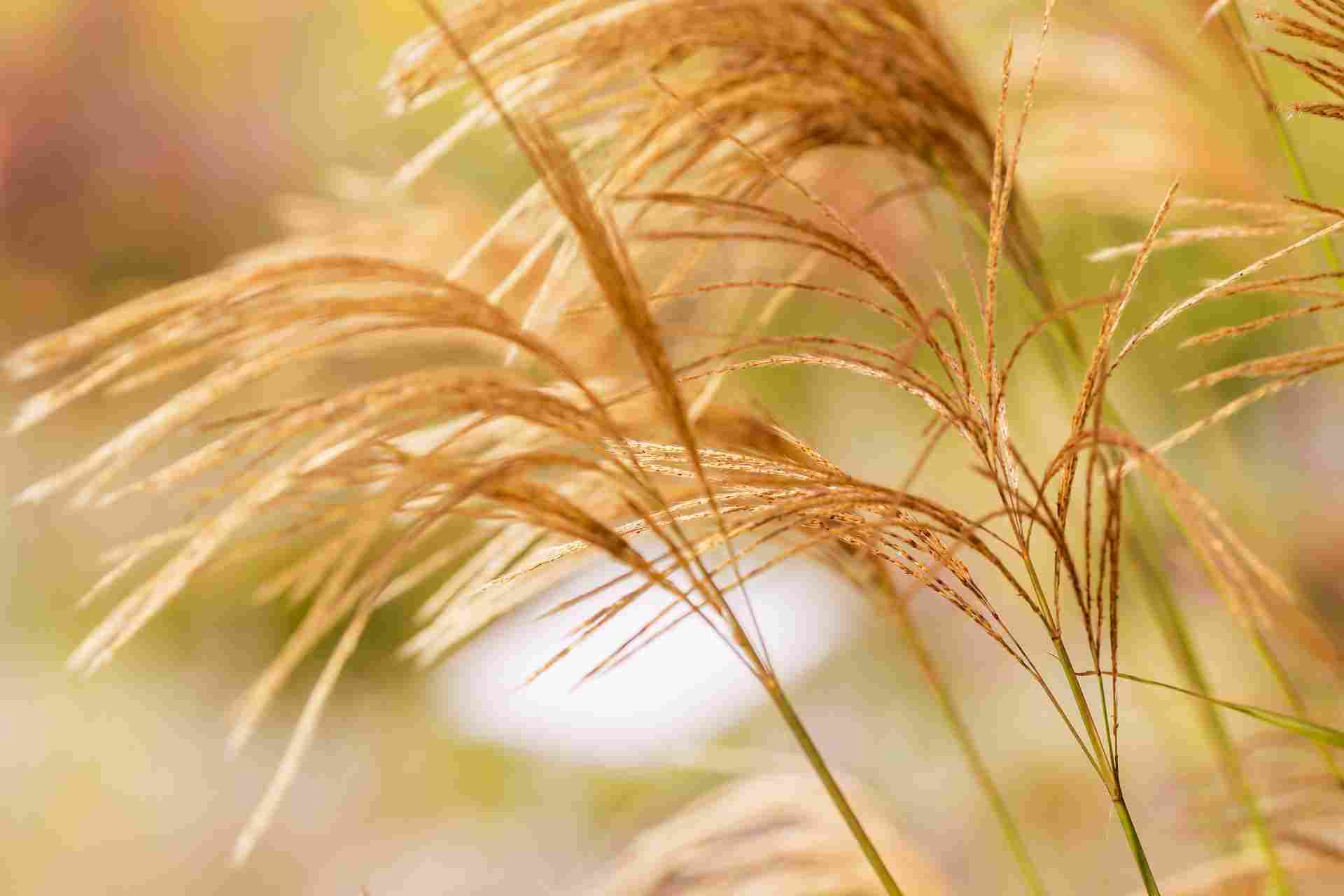
In spring, the faded stems of Miscanthus should be cut back to the ground
- Subscribe!
- Contents































